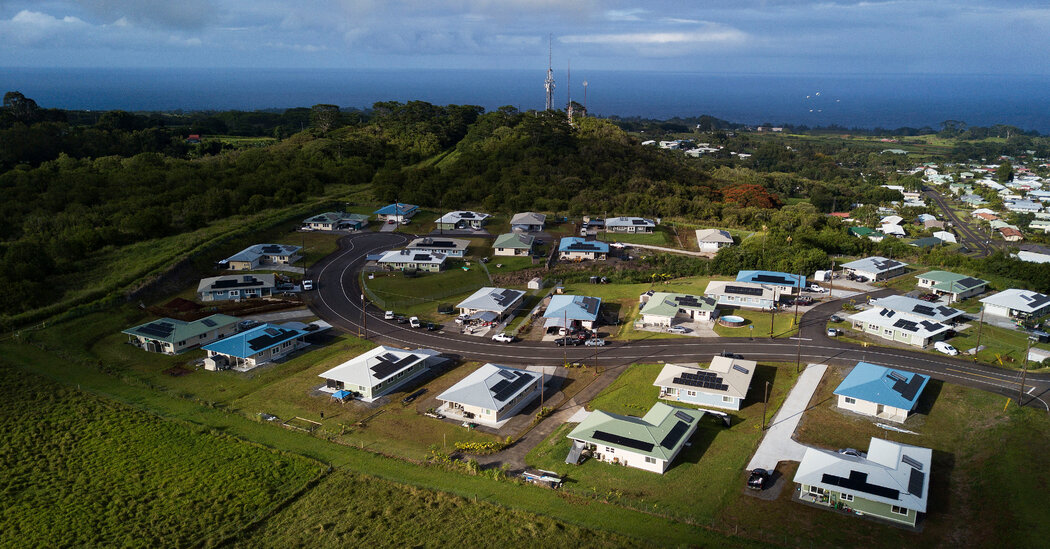
Recognizing that reality, state officials in recent years have gone back to encouraging the use of small-scale energy systems. To manage the supply and demand of electricity, for example, Hawaii offers up to $4,250 to homeowners on Oahu, home to about 70 percent of the state’s population and Honolulu, to install home batteries with their solar systems, defraying as much as third of the cost of doing so. Utilities can tap those batteries for power between 6 and 8:30 p.m., when energy demand typically peaks.
“It’s a good example of a good policy pivot with utilities and regulators saying, ‘We need to change how we approach this,’” said Bryan White, a senior analyst at Wood Mackenzie, a research and consulting firm.
‘Oil is a finite resource.’
Unlike most of the country, Hawaii burns a lot of oil to generate electricity — a common approach on islands because the fuel is easier and cheaper to ship than natural gas.
“We’re unique in that we’re dependent on oil for more power generation than the rest of the U.S. mainland combined,” Marco Mangelsdorf, a lecturer at the University of California, Santa Cruz, who specializes in the politics of energy and has lived in Hawaii for much of his life.
Power plants fueled by oil supplied nearly two-thirds of Hawaii’s electricity last year, down from nearly three-quarters a decade earlier, according to the Energy Information Administration, a federal agency. Rooftop solar, by comparison, supplied about 14 percent, up from 6 percent in 2014, the earliest year for which the agency has that data.
The state had imported about 80 percent of its oil from Russia, Libya and Argentina, which offer a grade that Hawaii’s refinery can process. The remaining 20 percent came from Alaska.



